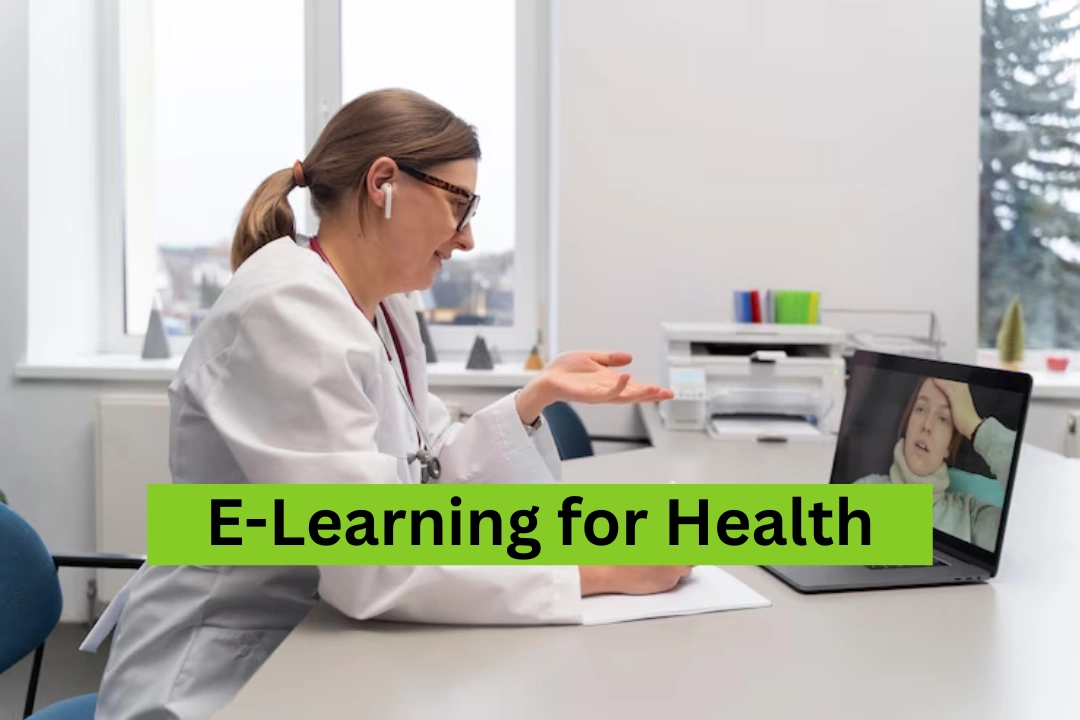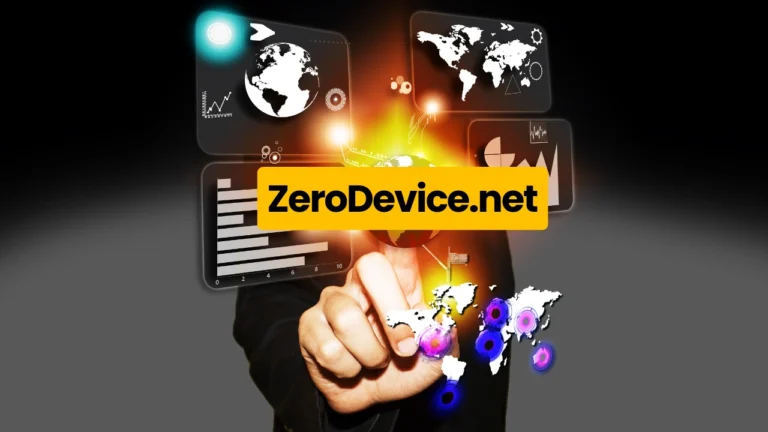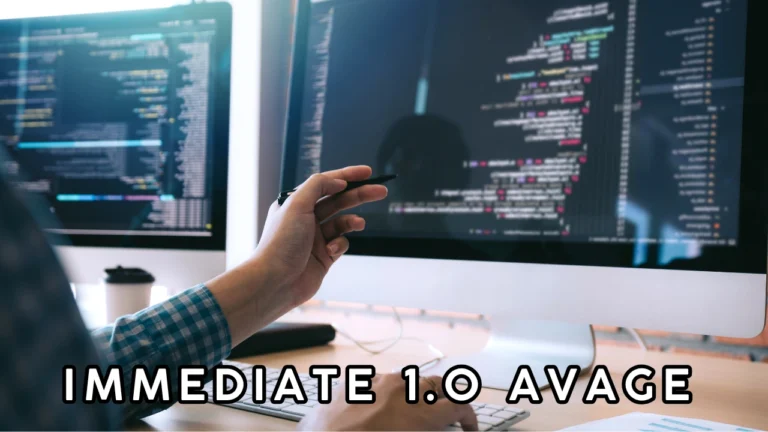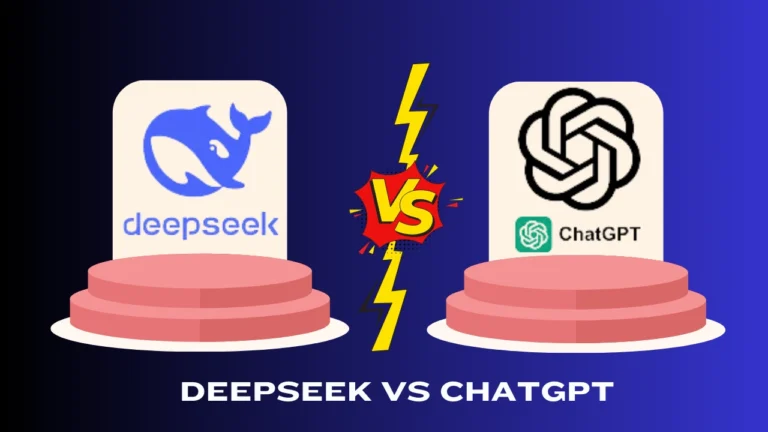E-Learning for Health: A Modern Solution for Healthcare Education
In today’s fast-paced world, the healthcare industry faces numerous challenges, including staff shortages, evolving technologies, and the need for continuous education. E-Learning for health has emerged as a transformative solution, offering flexibility, accessibility, and cost-effectiveness to healthcare professionals worldwide. It allows healthcare workers to stay updated on new treatments, medical protocols, and technologies, improving their skills.
Understanding eLearning in Healthcare
eLearning in healthcare refers to the use of digital platforms to deliver educational content to medical professionals. This approach allows learners to access training materials, courses, and resources online, enabling them to learn at their own pace and convenience. As technology continues to improve, eLearning in healthcare is becoming more prevalent, offering an effective method of training for healthcare workers.
Benefits of E-Learning for Health Professionals
Learning for health offers numerous advantages that cater to the unique needs of healthcare workers. The flexibility Learning provides is one of the most significant benefits. Healthcare professionals often work irregular hours, and Learning allows them to access training materials at any time. This fits their schedules, making education more accessible and ensuring they can continue their professional development.
Real-World Applications of E-Learning in Healthcare
Several organizations have successfully implemented Learning for health in their operations. For example, Health Education England’s e-Learning for Healthcare (e-LfH) offers free online courses for UK healthcare workers. These courses cover a wide range of topics, from acute care to mental health. This program ensures that healthcare professionals stay informed about the latest medical practices and maintain high standards of care.
Key Benefits of E-Learning for Health Professionals
| Feature | Description | Why It Matters |
|---|---|---|
| Flexibility | Learning anytime, anywhere based on schedules. | Healthcare workers with shifts can learn without disrupting their work. |
| Standardized Training | Same content delivered across all roles and locations. | Ensures consistency and equal knowledge across the workforce. |
| Cost-Effective | No physical classrooms or printed material required. | Reduces training expenses for institutions and learners. |
| Improved Knowledge Retention | Interactive and engaging formats like video and quizzes. | Helps healthcare workers retain critical information more effectively. |
| Continuous Access | On-demand modules always available for review. | Allows learners to revisit topics whenever needed for clarity. |
| Career Development | Courses aligned with certifications and job roles. | Supports long-term career growth and upskilling. |
Enhancing Learning Through Technology

Modern eLearning platforms incorporate various technologies to enhance learning. Interactive modules, such as quizzes and simulations, help learners apply knowledge in real-world situations. These interactive features improve engagement and make learning more effective. Additionally, emerging technologies like Virtual Reality (VR) and Augmented Reality (AR) provide immersive training experiences, allowing healthcare professionals to practice without risk to patients.
Challenges and Considerations
While Learning for health offers significant benefits, there are also challenges to address. Digital literacy is a key issue, as not all healthcare professionals are comfortable using technology. It’s important for organizations to ensure that workers are adequately trained to use eLearning platforms effectively. Additionally, access to reliable internet and devices may be limited in some areas, which could hinder the adoption of eLearning in certain regions.
Future of eLearning in Healthcare
The future of Learning for health looks bright, with continuous advancements in technology. As the healthcare industry grows, so does the demand for skilled professionals. Learning will play a vital role in providing efficient, flexible, and scalable training solutions to meet this demand. It will help healthcare workers stay informed about new procedures, technologies, and guidelines, ensuring better patient care and outcomes.
The Role of eLearning During Global Health Crises
During global health crises like the COVID-19 pandemic, traditional classroom training becomes difficult or impossible. Learning for health proved crucial during such times, allowing healthcare workers to continue their education remotely. They were able to stay updated on rapidly changing safety protocols, treatment methods, and emergency procedures. Digital learning enabled healthcare professionals to maintain high standards of care even during emergencies.
Customization and Personalization of Learning Paths
Modern eLearning platforms offer personalized learning experiences, adapting to each healthcare worker’s role and needs. For example, a nurse may need training focused on patient care, while a surgeon requires more specialized courses. Personalized paths ensure that training is relevant, efficient, and tailored to the learner’s specific responsibilities. This customization helps professionals gain knowledge in areas that directly impact their work.
Certification and Compliance Training
Many healthcare professionals are required to hold certifications for certain procedures or responsibilities. Learning for health makes it easier for workers to complete mandatory compliance training and obtain certifications. This type of training often includes areas such as infection control, CPR, and ethics. Digital platforms allow healthcare professionals to track their certification progress and easily renew their qualifications as needed.
Global Reach and Language Accessibility
Learning for health offers a unique advantage in its ability to reach healthcare professionals worldwide. Digital learning platforms often provide courses in multiple languages, making education accessible to a global audience. This is particularly beneficial in regions with non-English-speaking populations, as healthcare workers can access training in their native language. As a result, Learning helps bridge language barriers and promotes greater global health equity.
Integration With Hospital Learning Management Systems
Hospitals and clinics are increasingly using integrated Learning Management Systems (LMS) to track and manage staff training. These systems work seamlessly with Learning for health platforms, enabling administrators to monitor employee progress, course completions, and overall compliance. LMS integration simplifies the management of healthcare training by providing real-time updates and ensuring that all staff members complete necessary educational modules.
The Importance of Continuous Professional Development (CPD)
In healthcare, learning is a continuous process. As medical knowledge and technologies advance, healthcare professionals must regularly update their skills to provide the best possible care. Learning for health supports Continuous Professional Development (CPD) by offering up-to-date modules that healthcare professionals can access at any time. CPD ensures that healthcare workers remain knowledgeable about the latest medical advancements, improving patient outcomes and care standards.
Conclusion
E-Learning for health is reshaping how the healthcare industry educates and trains its workforce. It is efficient, flexible, and future-ready. By using technology, healthcare providers can equip their teams with timely, relevant knowledge that enhances patient care. The world of digital learning will only grow stronger, becoming a cornerstone of global medical education, ensuring that healthcare professionals are always equipped with the knowledge they need to provide the best care possible.
FAQ
What is E-Learning for health?
It’s digital medical education delivered online to healthcare professionals anytime, anywhere.
Who benefits from E-Learning for health?
Nurses, doctors, caregivers, and healthcare staff needing flexible, up-to-date training.







